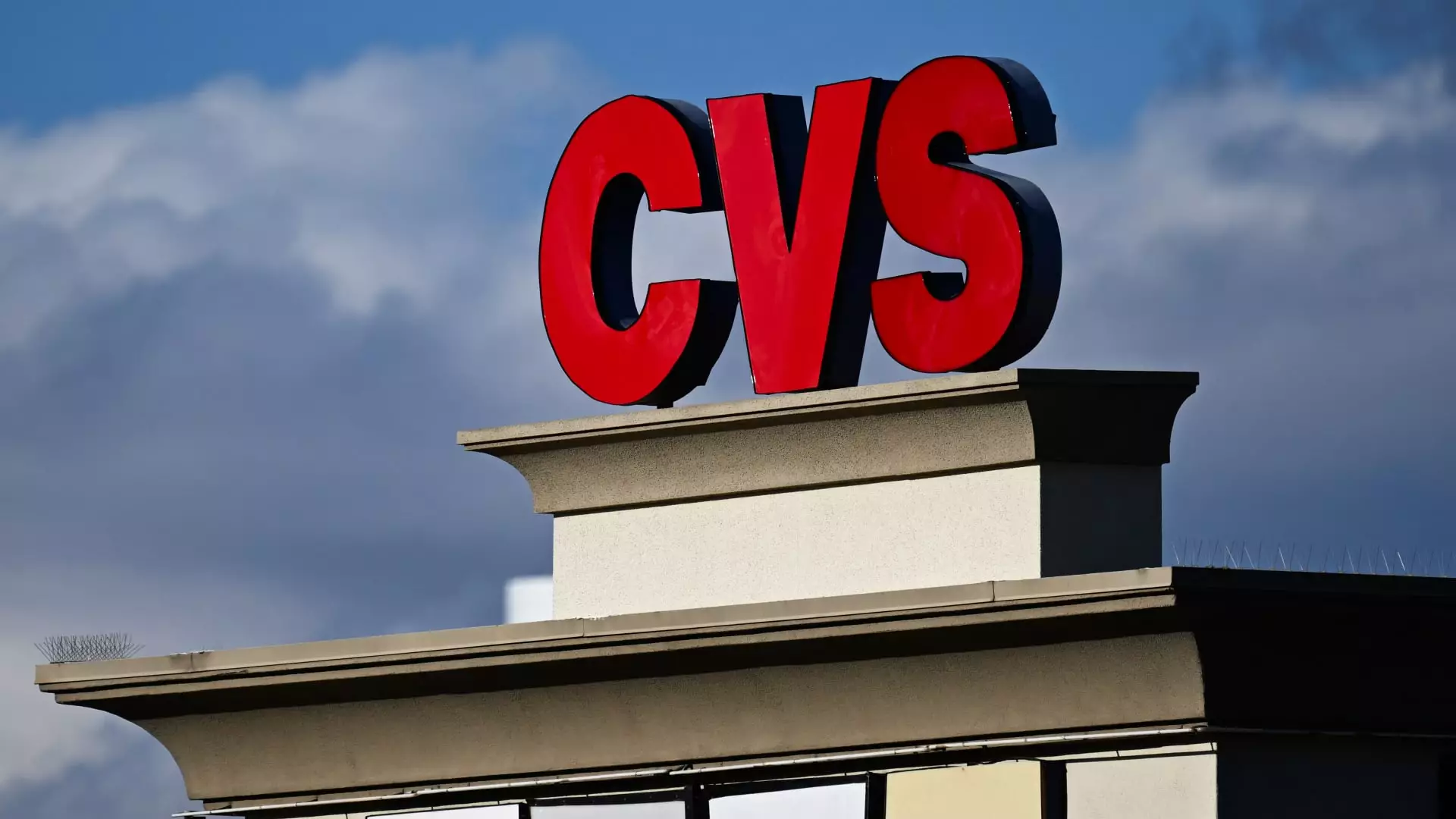In an era dominated by cloud computing, Microsoft has cemented its status as a titan in the technology landscape. The company’s shares surged by nearly 9%, an impressive figure that stems not just from beating Wall Street’s expectations, but also from its astoundingly productive Azure cloud business. This isn’t merely a case of numbers on a spreadsheet; it’s a clear indicator of adaptability and strategic foresight. Unlike many traditional companies that lag in technological adoption, Microsoft continues to innovate and lead. Their commitment to cloud infrastructure and advanced analytics provides a robust model for others to follow in an increasingly digital world. The company’s optimistic guidance for the year signifies not just confidence but also a well-founded belief in their ability to navigate potential economic turbulence.
Meta Platforms: A Battleground for AI Innovation
Meta Platforms, the social media behemoth, is riding a wave of positivity, with shares climbing 6% after outperforming expectations in earnings. With reported earnings of $6.43 per share against a backdrop of $42.31 billion in revenue, investors are finally sensing stability in the company’s tumultuous journey. However, while the company’s performance is commendable, the headlines dominated by AI investments suggest an impending arms race in the tech sector. It’s a double-edged sword; the pressure to continuously innovate in artificial intelligence could either propel Meta to new heights or lead it down a rabbit hole of self-doubt and reliance on increasingly complex technology. This push to boost AI spending additionally ignites interest in semiconductor stocks, showcasing the interconnected nature of modern technology. The underlying question remains: will this relentless focus on AI yield sustainable results, or will it create a cycle of overextension?
Qualcomm’s Meandering Path: A Cautionary Tale
In stark contrast to its competitors, Qualcomm faced a tough day in the market, with shares slipping by 5%. A profit beat was overshadowed by a forecast that fell short of expectations, illustrating the precarious nature of the semiconductor industry. The narrative surrounding Qualcomm serves as a cautionary tale of how even successful companies can falter when projections fail to inspire confidence. While their technology is undoubtedly robust, the need for consistent and impressive financial projections cannot be underestimated. As the company looks ahead, it may need to recalibrate its strategies to avoid potential pitfalls and enhance investor trust.
CVS Health: Factoring in the Future
CVS Health experienced a stock surge of 8%, powered by impressive earnings reporting that exceeded analysts’ expectations. With adjusted earnings reaching $2.25 per share against a backdrop of $94.59 billion in revenue, this is a narrative of growth that still underscores the perennial uncertainties in healthcare. While pharmacies have demonstrated resilience during challenging times, the shifting landscape of healthcare demands agility and foresight. CVS stands at a critical juncture as it hypes its guidance for the year—a necessary tactic in a capped market fraught with challenges. The company’s ability to pivot as healthcare dynamics shift will be vital as it strives to maintain its competitive edge.
General Motors: A Fork in the Road
The automotive industry remains a battleground where General Motors is grappling with the aftershocks of President Trump’s economic policies. Despite a 3% rise in shares, the company’s downward revision of its 2025 forecast underscores the challenges posed by tariffs and escalating trade tensions. Although GM’s adjusted earnings are not to be dismissed lightly, the downward pressure created by external factors reveals a vulnerability that could be detrimental in the long run. As the company navigates these turbulent waters, its strategy must evolve to cope with political influences and global supply chain challenges. Can GM reclaim its position of power, or will it succumb to external pressures?
Amazon’s Bold Bet on Rural Markets
Amidst market fluctuations, Amazon’s shares rose 4% following plans for a substantial investment in expanding its delivery capabilities in rural America. This strategy marks a significant acknowledgment of the untapped potential within underserved markets. By pushing into less conventional locales, Amazon is not just broadening its revenue streams; it’s challenging traditional retail frameworks. In doing so, it accentuates a growing awareness of the shifts in consumer behavior resulting from the pandemic. However, the ambiguity remains: will this strategy pay off in the long term, or will operational hurdles thwart Amazon’s ambitions?
The Surprising Fallout at McDonald’s: A Reality Check
Conversely, McDonald’s dipped by 1%, a telling statistic that conveys a much-needed reality check amid its iconic status. With the largest decline in U.S. same-store sales since 2020, it becomes evident that even industry giants face periods of turbulence. The reported revenue of $5.96 billion falling short of expectations reflects a pressing need for McDonald’s to recalibrate its strategy. In an economy where consumer preferences shift rapidly, the brand must find an innovative way to engage its clientele or risk becoming obsolete in a sea of competitors willing to adapt.
Each of these companies reflects a broader narrative about resilience, innovation, and the complexities of an interconnected market. The behaviors of these stocks reveal deeper trends about economic conditions and the critical decisions that drive success—or lead to failure.

